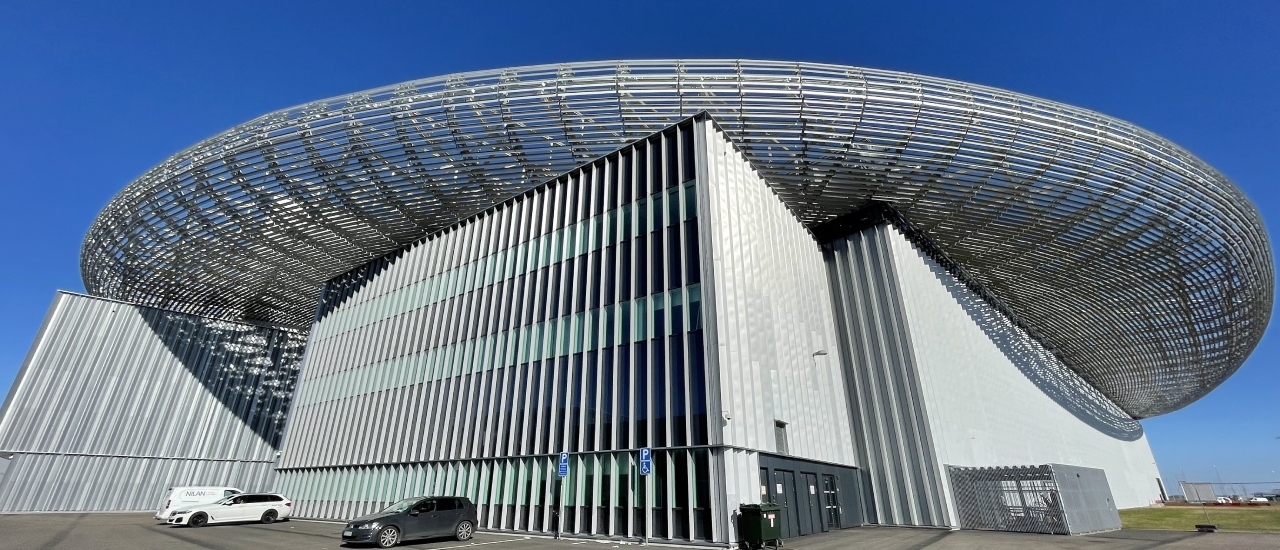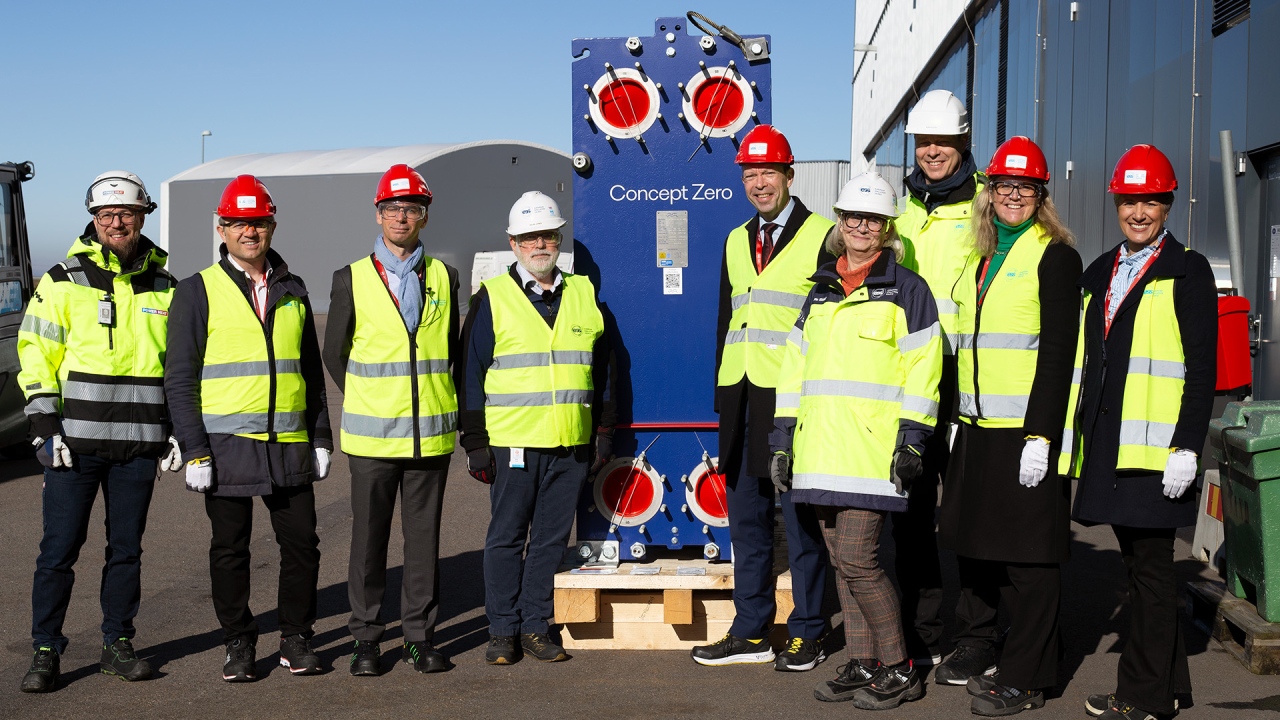🇸🇪 SSAB becomes part of solution to recover waste heat from ESS to warm parts of Skåne county

SSAB and Alfa Laval are joining E.ON and Kraftringen to help retrieve massive amounts of residual heat emitted from the advanced machines of the European Spallation Source (ESS) facility, soon-to-be the world’s most powerful neutron source. The waste heat will be recovered by Alfa Laval heat exchangers, partly built with emission-free SSAB Zero TM steel, and used to supply district heating to parts of Skåne county in southern Sweden.
“To curb global warming, the world must reduce its CO2 emissions and find efficient uses of energy. Partnerships and projects like these, where the whole value-chain work together, are crucial to meet the climate goals,” says Thomas Hörnfeldt, Vice President of Sustainable Business at SSAB.
On March 8, Alfa Laval delivered two of the world’s first Concept Zero TM heat exchanger to ESS, partly built with SSAB Zero TM, a recycled steel made with fossil-free energy and biofuel, resulting in virtually zero emissions from the steelmaking process. By using SSAB Zero TM instead of traditional steel, the heat exchanger’s material carbon footprint is nearly halved.
A total of three Alfa Laval heat exchangers will be used to send waste heat generated from the high-power appliances at ESS to the district energy grid heating parts of Skåne county. The heat will run through E.ON’s ectogrid™, an energy system for heating and cooling used by ESS, and feed into to the district heating network operated by Kraftringen.

Collaboration at its best
“This collaboration demonstrates how we, by joining forces, can use existing accessible technologies and networks to drive the energy transition and develop more sustainable cities,” says Julien Gennetier, VP of the Energy Division at Alfa Laval.
“We are proud to be part of this initiative. Taking measures for sustainability fully resonates with the mission of our facility, where research in material and life sciences will contribute to addressing global challenges,” says ESS Director General Helmut Schober.
“Various smart local energy sector solutions are crucial components of the global climate transition. We are pleased that ESS will contribute residual heat to our district heating system. By making use of residual heat, we minimize energy losses and together we create a sustainable circular energy system,” says Sezgin Kadir, CEO, Kraftringen Energi.
“The solution is a good example of how the society can reuse waste heat in different processes, and is in line with our globally launched COP28 awarded heating and cooling solution E.ON ectogrid™,” says Carin Kuylenstierna, Head of Strategy & Sustainability at E.ON.
Science and heat
The heat exchangers delivered last week are expected to be operational later this year. ESS, one of the biggest scientific infrastructures in Europe, is expected to be in full operation in 2028. The facility includes state-of-the-art technologies like the most powerful linear proton accelerator ever built, a helium-cooled tungsten target wheel and sophisticated scientific instruments that will enable unprecedented science for the benefit of thousands of researchers, from academia and industry. And – as an added benefit – it will supply excess heat to the city.
Originally published on 14 March by SSAB.
Announcements are published as a service to readers. The sender is responsible for all content.
Announcements for publication can be submitted to pr***********@ar**************.com.